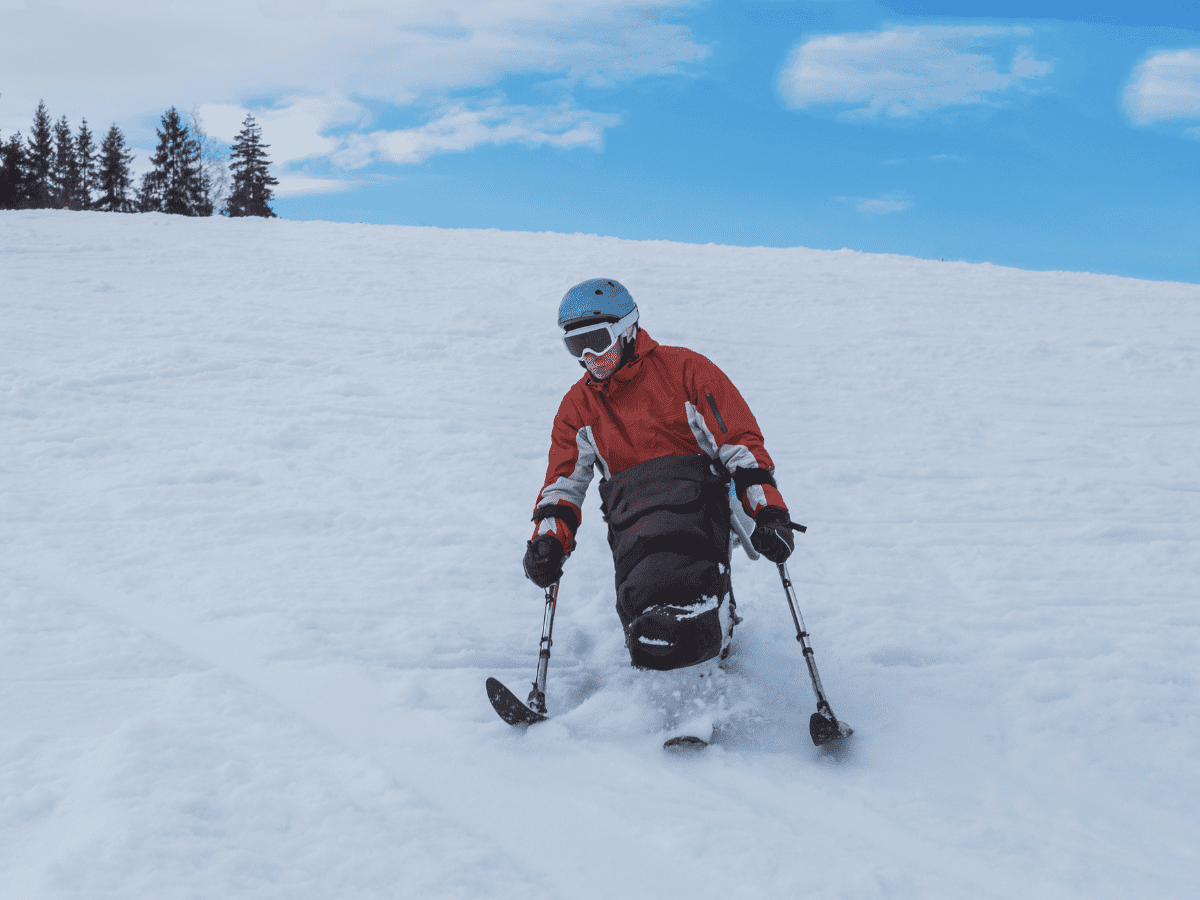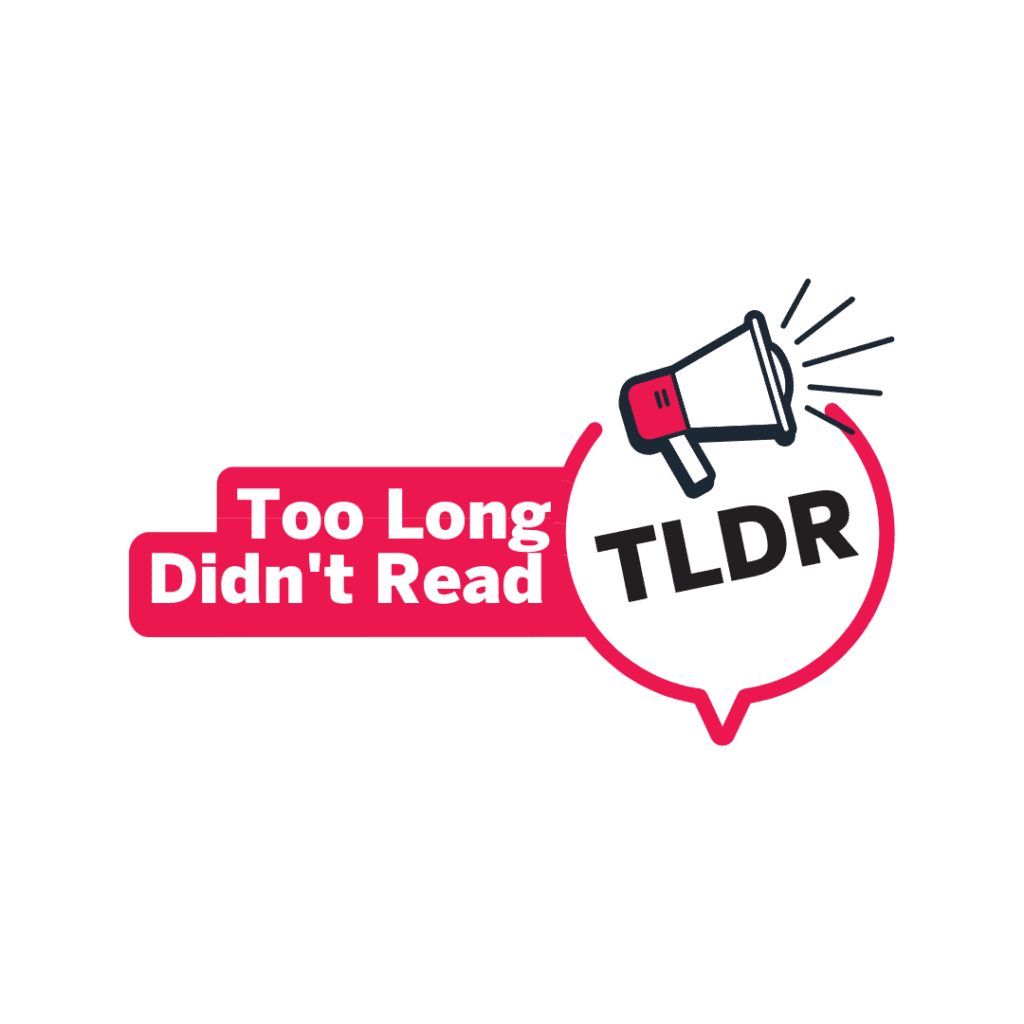

Introduction and context
Participating in leisure-time physical activities (LTPA) contributes to the well-being of people with disabilities. Unfortunately, they are typically less engaged in LTPA compared to the general population. Especially during winter due to environmental barriers and limited programs. Participation in adaptive snowsports, such as skiing/snowboarding, represents a way for people with disabilities to stay active in the winter. Our project wanted to examine the quality of the participation in adaptive snowsports and the efficient strategies to support meaningful engagement in winter LTPA.
To better understand the quality of participation in adaptive snowsports, we used The Quality Parasport Participation Framework (QPPF), comprised of 6 dimensions: autonomy, belongingness, challenge, engagement, mastery, and meaning. Our project had four objectives: 1-Examine the quality of participation of people with disabilities in adaptive snowsports programs; 2-Document the strategies used by various adaptive snowsports programs to support quality of participation; 3-Analyse the relationships between the programs’ strategies and the quality of participation; 4-Explore how to support continued participation in adaptive snowsports.
Methods
This research was conducted in partnership with BC Adaptive Snowsports (BCAS) and Spinal Cord Injury BC. It consisted of 3 phases. Firstly, an online survey was completed by 133 skiers and snowboarders with disabilities, who participated in BCAS programs, to identify factors associated with higher quality of participation. Secondly, we conducted interviews with 11 BCAS program leaders about the strategies they used to support the quality of participation of their members. Thirdly, we talked with 15 individuals with disabilities who previously participated in adaptive snowsports but stopped. The objective was to examine how to better maintain participation in adaptive snowsports.
Key findings and implications
Phase 1:
In the survey, participants reported high quality of participation on all dimensions of the QPPF while they were taking part in adaptive snowsports. We conducted analyses to identify if any individual (e.g., age, occupation, gender), snowsport-related (e.g., experience, individual vs group lessons, number of years participating), program (e.g., equipment provided, instructors) and environmental factors (e.g., individual, program or environmental barriers) impacted the quality of participation. While the individual characteristics only impacted the perception of challenge, the program and environmental characteristics (such as equipment, having 2 instructors or more, and facing barriers) affected all dimension of the quality of participation. These findings indicate important factors that contribute to people with disabilities having a positive experience when participating in adaptive snowsports. They reaffirm the importance for policies and funders to support the organizations in their recruitment and training of instructors, and in their abilities to obtain proper equipment and train staff how to use it. Our finding also showed the importance of addressing and reducing the environmental and programmatic barriers to enable more individuals to engage in recreational adaptive snowsport and stay active in the winter.
Phase 2:
During the interviews with the program leaders, we learned what the organizations were doing to support involvement in adaptive snowsports. Our findings showed how the organizations worked hard to reduce and address access barriers to adaptive snowsports, such as physical accessibility and socioeconomic limitations. We also found that it takes a village to support quality of participation, as organizations relied on resources from their communities, including host ski resorts and volunteer instructors to run effectively. We reported how program leaders customized strategies for volunteer management, marketing, and maintenance of adaptive equipment, which allowed them to offer more opportunities to their members with disabilities. These results suggest that, to support quality of participation of individuals with disability, organizations need to embrace a multidimensional approach that addresses both the physical and social environments, along with being creative in their organizational operations. Resources could be developed to help organizations learn from each other and identify the best ways to engage people with disabilities in winter sports.
Phase 3:
Our discussions with the individuals with disabilities who stopped participating added to our understanding of how to better support participation in adaptive snowsports, especially how to maintain participation over time. Despite all of the benefits they gained from adaptive snowsports, such as opportunities to create social connection, be challenged, build confidence and be outdoors, the interviewees did not continue their involvement. There were various reasons for that. Sometimes it was for individual reasons (e.g., age, physical fitness), but it was mostly because of issues with the programs or the sports (e.g., eligibility criteria and availability of the programs, issues with volunteers, physicality of the sports). They provided recommendations to help individuals with disabilities continue participating in adaptive snowsports: increase awareness and information about the programs, more instructors/volunteers, and more funding for the individuals and the programs.
Strengths and limitations
A strength was the partnership with BC Adaptive Snowsports. It allowed us to discuss with both individuals with disabilities actively engaged in adaptive snowsports and with program leaders. A second strength was the diversity in the type and location (smaller vs larger ski resorts; urban vs remote/rural) of adaptive snowsports programs included. We believe the different perspectives helped our findings cover a wide range of experiences and provide recommendations that are applicable to many contexts.
One limitation, however, is that the programs were only located in one province. To mitigate this, the participants who had stopped participating were from across Canada, allowing us to identified issues that were both more broadly applicable.
Conclusions and next steps
Understanding the quality of participation in adaptive snowsports, and the factors affecting it is particularly important as engaging in winter sports and recreation can be highly impactful for the well-being and community engagement of people with disabilities. Leaders in adaptive snowsports organizations utilize creative strategies to offer experiences that support quality of participation. To do so, they must handle volunteer retention, management of equipment, and making their programs known to people with disabilities. To support them, they need more financial support and resources to provide increased opportunities to people with disabilities of all age. This requires political commitment to support community based and local organizations offering recreational programs to the Canadian population with disabilities. Our findings raised the question of the connection with the community, both about the host resorts’ engagement to support the programs, but also how to make the resorts more accessible for individuals with disabilities and their families.